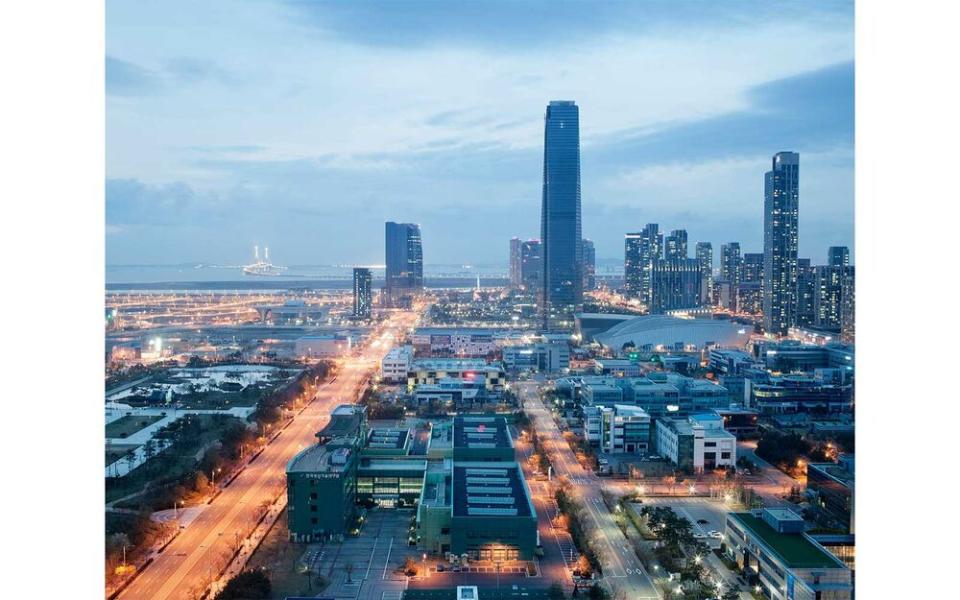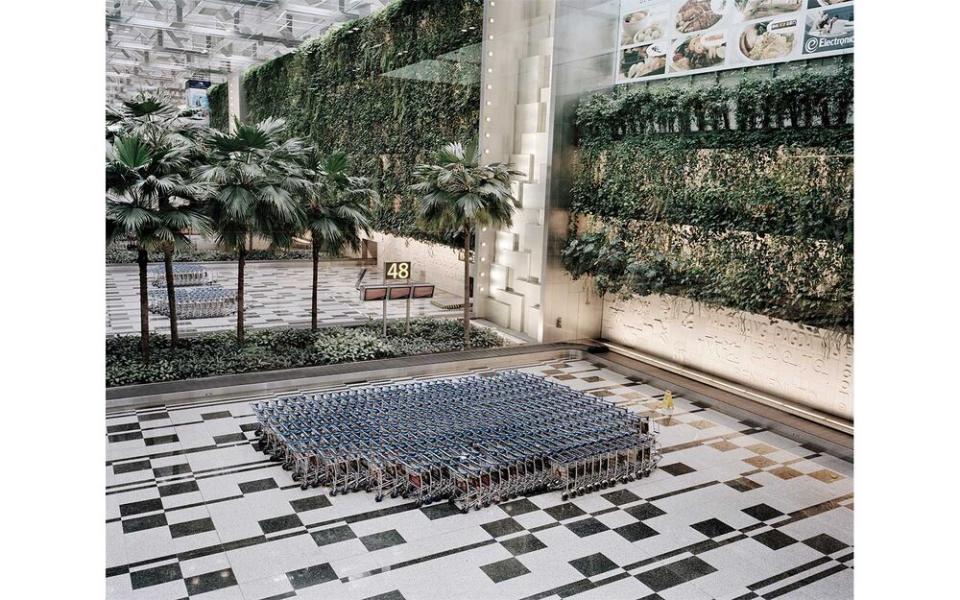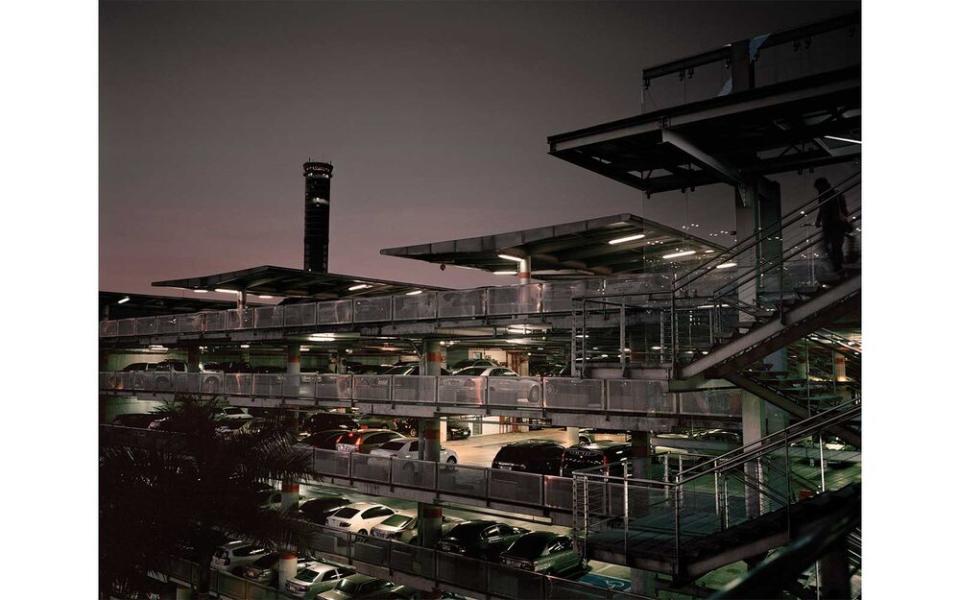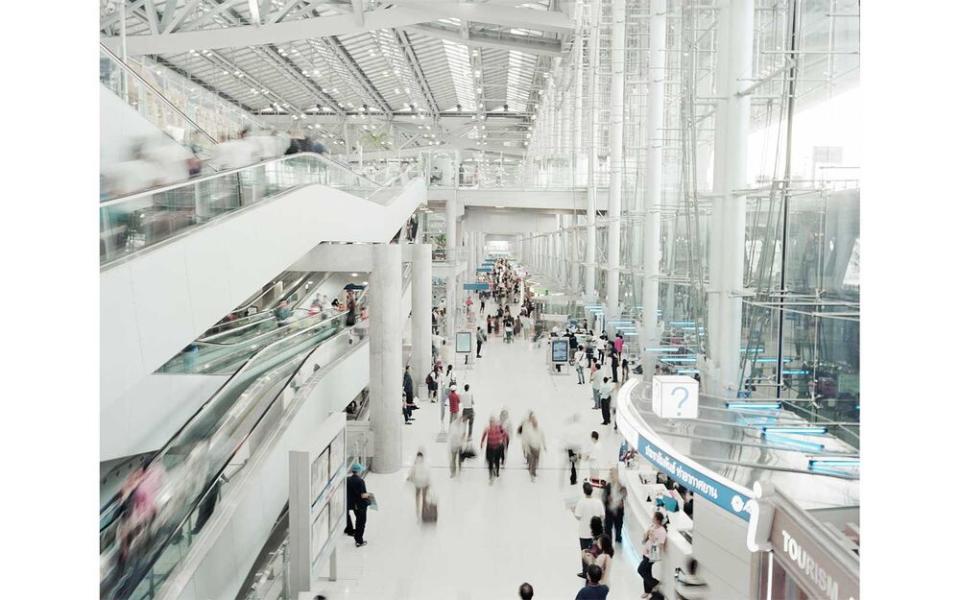Will we all live in airports in the future?
A decade ago, visitors to the man-made South Korean island-city of Songdo, 40 miles outside Seoul, could stand on the site of a development projected to grow to the size of downtown Boston and find seashells still sticking out of ground that, until recently, had been underwater.
Just two years later, in 2009, Songdo’s American developers cut the ribbon on the $35-billion city, home to a Jack Nicklaus golf course and what was at the time South Korea’s tallest tower. Songdo’s defining feature, arguably, was less conspicuous: a 7.4-mile bridge connecting it with Incheon International Airport.

Songdo is an “aerotropolis,” a city built around an airport, specifically conceived to harness a transport hub’s global connections. Such places are designed to serve a class of 21st-century nomads who live to go everywhere. Typically, the aerotropolis is an amalgam of made-to-order offices, sleek convention centers, international chain hotels, malls teeming with global brands, sometimes even a theme park.

Aerotropolis is a faux-Greek term coined in China 25 years ago, and as an urban model it has achieved its fullest flowering in Asia. First came Hong Kong — where new towns and a Disneyland were built next to the $20 billion island airport — followed by Shanghai, Singapore, and Dubai, which will host Expo 2020 in an airport city larger than San Francisco.

Over the last five years, Italian photographer Giulio di Sturco, who shot the images on this page, has traveled throughout Asia documenting the aerotropolis phenomenon. “I’m pretty sure this is the new direction the world is taking,” he said. “These cities are in effect the cities of the future, so for me it is a way to see into the future right now.”

But will the aerotropolis ever be loved? If a prime reason for travel is to experience the distinctive terroir, culture, and history of a place, what’s the appeal of a city that is by definition transitory, designed to evoke nowhere?
Perhaps it is the chance to witness the real-time evolution of a place liberated from the past, living in the moment, and looking only toward the future — a future that looms into view like the planes above Songdo, dropping through the clouds on their final approach.

